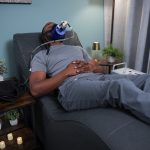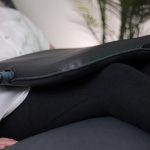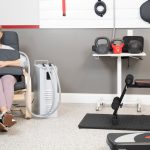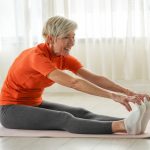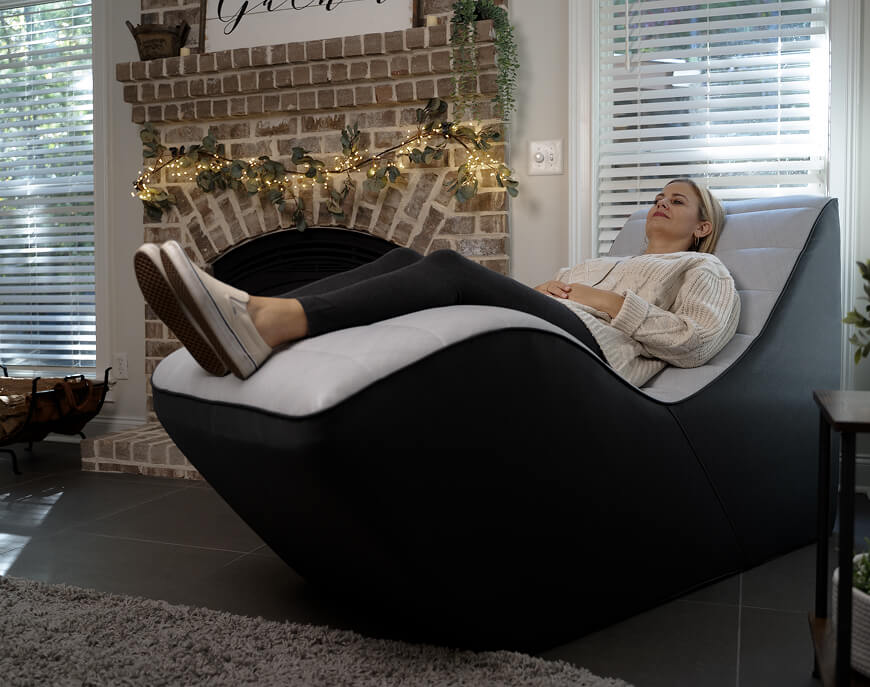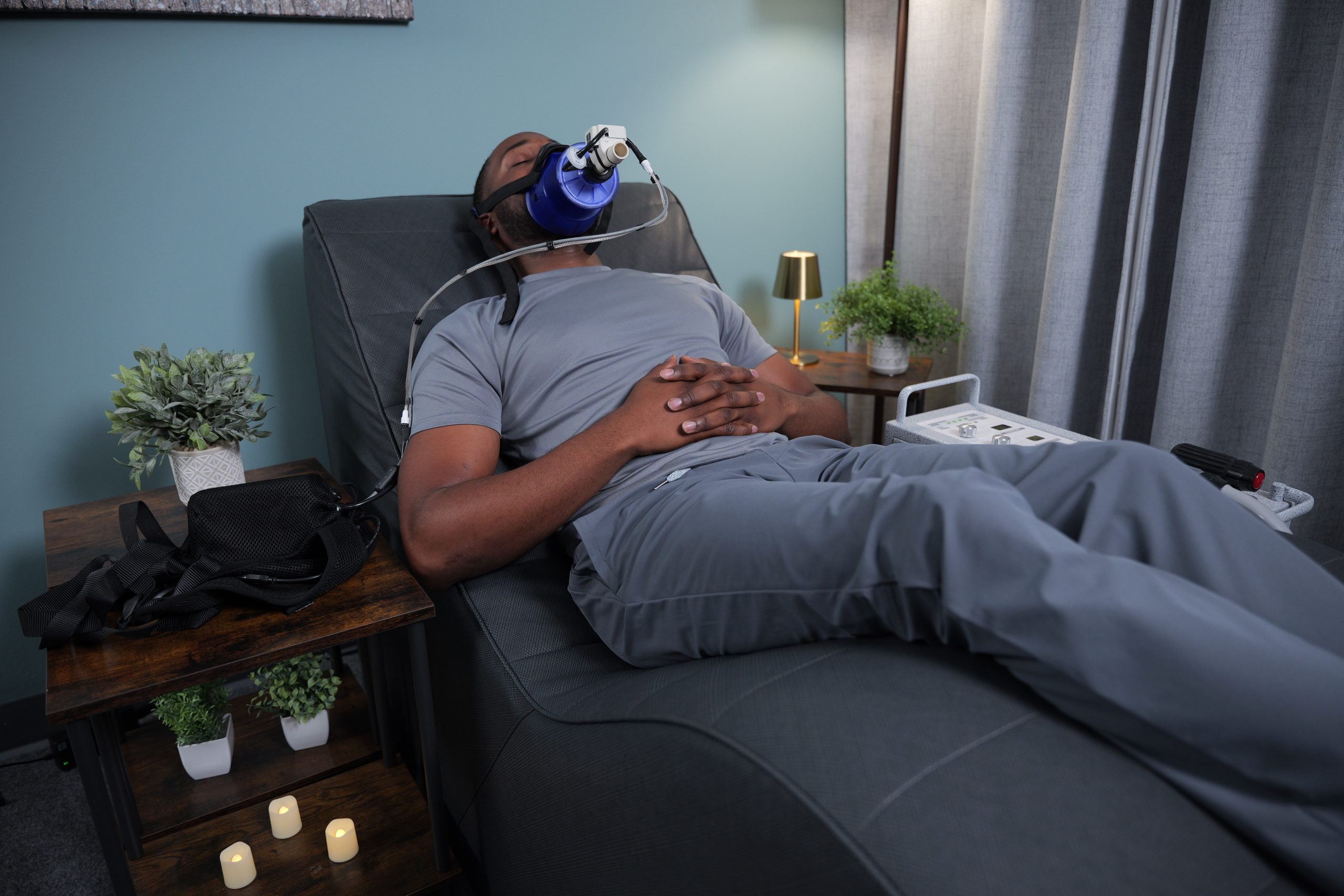Chinese System of Health
Show nerves, the stress of travel, big milestones; whenever life is moving fast, you can be sure your horses are feeling it too. Here at Pulse PEMF, we have been diligently researching and working with industry experts on some of the best ways to give horses the gift of the better quality of life they all deserve. Acupressure is an ancient Chinese system of health that incorporates the body’s own defenses. This stimulates chi, a vital force forming part of any living entity, to promote health and the free flow of the body’s energy through channels known as meridians. This practice gives the recipient overall, full-body wellness effects. That’s what makes it a perfect complement to any Pulse Equine full-body session.
Since all horses are physiologically different, our approach should always aim to complement each unique body type! Acupressure points have been codified over centuries of practical observation. Those who have been astutely observant and lucky enough to study the horse have identified points that may be beneficial to every body type. Pulsing these points may be an incredible source of additional support and stimulation. Using your small or medium Pulse Animal loops, you can try out these points. PEMF and acupressure/acupuncture are good adjunct modalities to traditional veterinary medicine.[11] Always confer with your veterinarian and check your state regulations before performing PEMF or acupressure on animals.
PEMF and acupressure do pair together very well. Dr. Pawluk, in his book Power Tools for Health, spoke to their compatibility. “Acupuncture points lie along the meridians and have shown corresponding electrical conductivity. Stimulating these acupuncture points with PEMFs[4] may improve the flow of charge, clearing out blockages. PEMFs using the appropriate applicators, can be targeted directly at specific acupuncture points. At the same time as stimulating an acupuncture point, all the tissues in the area of the magnetic field will be affected as well, providing a dual benefit. (pg. 25)”[14]
C14 & C17
While there are several acupressure points that may benefit the horse in the realm of reducing anxiety and dispersing excess negative energy, C14 and C17 stimulate chi near the heart and the pericardium or “heart space.” This highlights the reason these points can have such a pronounced impact and a major reason they are recommended areas of attention. These points stimulate trust and intimacy and assist in balancing emotions. C14 and C17 are neighbors on the ventral midline of the horse. C17 is located on the ventral midline at the level of the back of the elbow. Moving right behind the elbow to the midline and gently pressing up, you may feel a small indention where the point is readily accessed. Some horses may not have much of a divot, especially if they have had one too many holiday cookies. C17 has been known to influence the respiratory system. It regulates chi and has profound effects on anxiety. It gives the soothing energy of a relaxing yoga class or a deep breathing session. C14 is also located on the ventral midline, near the end of the xiphoid process, or the caudal end of the sternum bone. This point regulates the heart and calms the spirit. Pulsing these points for about 4 minutes each will gently stimulate the heart space as well as support the respiratory system. This may be effective in transitioning a horse that is in fight or flight back to a state of calm. Please submit your feedback along with other acupressure points you use to provide natural support for your horse’s wellness. Here at Pulse PEMF, we love horses and are grateful to all of our Pulse Certified Professionals making a difference, using the amazing power of Pulse PEMF!** Please see the additional notes below for addressing this acupressure point on a horse with a dominant personality. An aggressive or dominant horse can still benefit from these acupressure points, even if at first they are NOT amenable. Since these points stimulate intimacy and trust, their response may be to lash out at first and they may even attempt to bite at you. In this case, having a handler to help out is preferred. Choose a handler who is quiet and calm and allows the horse free movement with their head anytime they are not trying to bite. You may also stimulate these points with two fingers or the smooth end of a pen cap by holding firm steady pressure in stillness or making small, quarter-sized circles (keeping a firm but gentle pressure) over the points before introducing the EQ loops. Wait for the horse to drop their head below shoulders and, if possible, all the way to the ground. This is a great stride for an aggressive or dominant horse, so give them plenty of positive feedback. Remember, some horses struggle in areas they need help with the most. If the horse does not respond or becomes violent, discontinue your efforts. Personal, handler and horse safety always come first.[4,14] To locate the references cited here, please visit our Research Citations page. Updated: 12/2020


